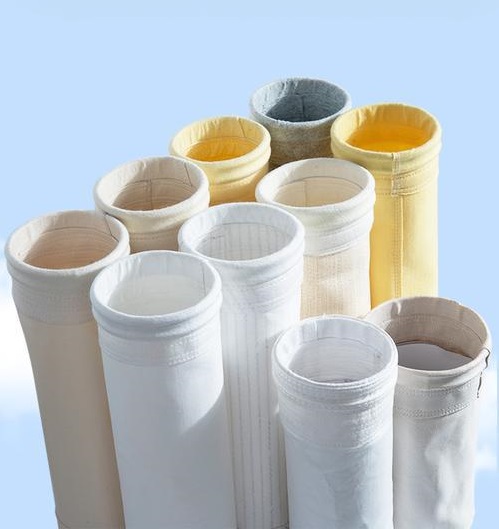Technological innovation has always been the core driving force for the development of the filter bag industry. In terms of filter materials, researchers are constantly exploring new materials to improve the performance of filter bags. Traditional cotton and paper materials have gradually been replaced by synthetic fibers, non-woven fabrics, and other materials. Nowadays, some advanced nanomaterials have also begun to be applied in the manufacturing of filter bags. For example, by compounding nanofibers with traditional fibers, filter bags with higher filtration precision, stronger dirt-holding capacity, and better air permeability can be manufactured. This nanocomposite filter material can effectively intercept particles as small as the nanometer level, meeting the extremely high filtration precision requirements of industries such as semiconductor manufacturing and high-end pharmaceuticals.
In the production process, technological innovation has also achieved remarkable results. Taking the production process of the filter bag “spunlaced felt” as an example, Jiangsu Flumese Environmental Protection and Energy Saving New Materials Co., Ltd. uses high-pressure water flow to impact the fiber web to produce filter bag materials. Compared with the traditional needle punching process, the production efficiency has increased by 10 times, the raw materials have been saved by 20%, and it has the advantages of high filtration precision, low resistance, easy dust cleaning, long service life, and the filtration effect can reach the PM2.5 exhaust gas emission standard, realizing the update of the smoke and dust emission from PM10 to PM2.5, which is of great significance for improving the overall technical level of the national environmental protection filter material industry. In addition, the popularization of intelligent and automated production lines not only greatly improves production efficiency but also can improve the stability and consistency of product quality through precise production control.
The structural design of filter bags is also constantly innovating. From the initial simple single-layer structure, it has developed into the current multi-layer composite structure and three-dimensional gradient filtration layer design. The multi-layer composite structure can achieve hierarchical filtration of impurities of different particle sizes through the combination of different functional layers. The three-dimensional gradient filtration layer design means that the inner layer of fibers is loose, which can accommodate a large amount of impurities, and the outer layer gradually becomes dense to achieve high-precision interception, greatly improving the filtration efficiency and the service life of the filter bag. At the same time, some filter bags also adopt special surface treatment technologies, such as singeing or calendering treatment, which not only prevents fiber shedding from polluting the filtrate but also avoids the problem of filter hole blockage. The bottom and side edges adopt full hot-melt welding technology, completely solving the risk of needle hole leakage in the traditional sewing process.
With the rise of emerging technologies such as the Internet of Things and big data, the filter bag industry has also ushered in new opportunities for intelligent development. Some manufacturers have launched filter bag products with RFID tags, which can record the usage time and filtration volume in real-time, providing accurate maintenance data support for users and realizing intelligent management. Technological innovation has brought about a leap in product performance, an improvement in production efficiency, and a further expansion of application fields for the filter bag industry, becoming the key driving force for the continuous development of the industry and helping the filter bag industry to occupy a more favorable position in future market competition.
Post time: Apr-09-2025
